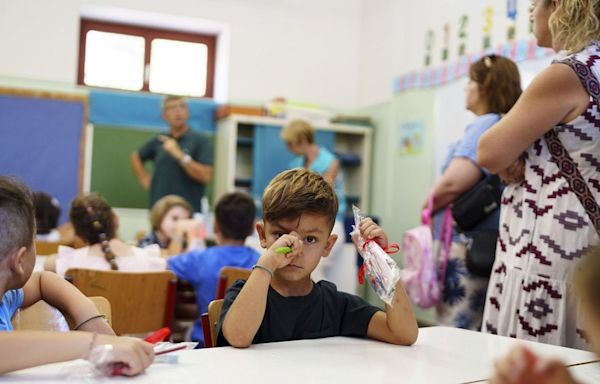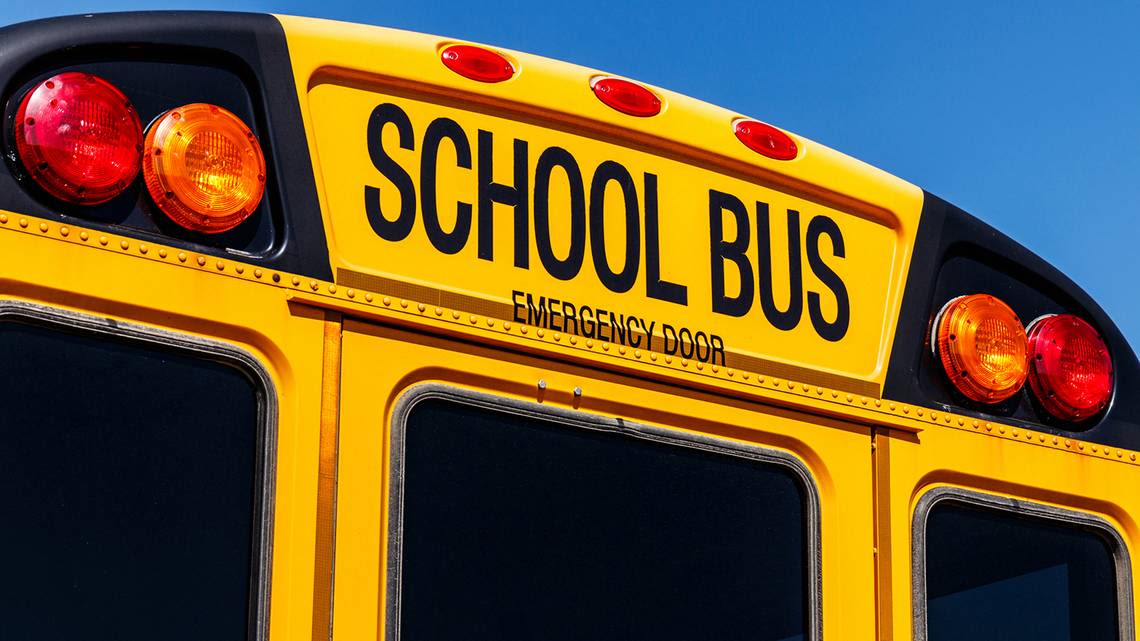Search results
News about Portugal, Virginia, Coaching Confidante
News about North Carolina, Maryland, teacher vacancies
News about Texas, STEM, teacher shortage
Also in the news
Based on national data of teacher employment levels, as well as reports from communities across the country, there continue to be critical shortages of both teachers relative to pre-pandemic levels and teachers fully certified to teach in their content area.
People also ask
Is there a teacher shortage?
Is a teacher shortage a long-term solution?
Is a teacher shortage an unsolvable problem?
How do educator shortages affect students?
Mar 23, 2023 · Qualified special education, science and math teachers are among the hardest to find, according to federal data. High-poverty and high-minority school districts are often hit harder by...
- The Teacher Shortage Is Real and Has Serious Consequences
- The Teacher Shortage Is Even Larger When Teaching Credentials Are Factored in
- The Teacher Shortage Is More Acute in High-Poverty Schools
- Data Sources Used in This Series
- About The Authors
- Acknowledgments
- Endnotes
- References
In recent years, education researchers and journalists who cover education have called attention to the growing teacher shortage in the nation’s K–12 schools. They cite a variety of indicators of the shortage, including state-by-state subject area vacancies, personal testimonials and data from state and school district officials, and declining enro...
The current national estimates of the teacher shortage likely understate the magnitude of the problem because the estimates consider the new qualified teachers needed to meet new demand. However, not all currentteachers meet the education, experience, and certification requirements associated with being a highly qualified teacher. We examine the U....
The published estimates of the increasing teacher shortage further understate the magnitude of the problem because the estimates don’t reflect the fact that the shortage of qualified teachers is not spread evenly among all schools but is more acute in high-poverty schools. While we don’t have specific estimates of the shortage in low- and high-pove...
The analyses presented in this series of reports mainly rely on the Schools and Staffing Survey (SASS) 2011–2012, the Teacher Follow-up Survey (TFS) 2012–2013, and the National Teacher and Principal Survey (NTPS) 2015–2016.12 The surveys are representative of teachers, principals, and schools in the 50 states and the District of Columbia.13All thre...
Emma Garcíais an education economist at the Economic Policy Institute, where she specializes in the economics of education and education policy. Her research focuses on the production of education (cognitive and noncognitive skills); evaluation of educational interventions (early childhood, K–12, and higher education); equity; returns to education;...
The authors are grateful to Lora Engdahl for her extraordinary contributions to structuring the contents of this series of papers, and for her edits to this piece. We are also thankful to John Schmitt for coordination and supervision of this project. A special thank you is noted for Desiree Carver-Thomas, her coauthors Leib Sutcher and Linda Darlin...
1. See, for examples in the media, Strauss 2015; Rich 2015, Westervelt 2015, Strauss 2017. The Department of Education publishes the “States’ Reports of Teacher Shortage Areas (TSA)” on a yearly basis. These are areas in which the states expect to have vacancies (these are not lists of official job openings. For the historical TSA report, see U.S. ...
Adamson, Frank, and Linda Darling-Hammond. 2012. “Funding Disparities and the Inequitable Distribution of Teachers: Evaluating Sources and Solutions.” Education Policy Analysis Archives20, no. 37. Allensworth, Ellen, Stephen Ponisciak, and Christopher Mazzeo. 2009. The Schools Teachers Leave: Teacher Mobility in Chicago Public Schools. Consortium o...
Oct 20, 2020 · It’s an educational crisis that impedes learning and affects students deeply, especially in high-poverty areas that are more likely to have shortages of highly qualified teachers. But it is not an unsolvable problem — in fact, a recent report from the non-partisan Economic Policy Institute (EPI) outlines approaches for a long-term solution.
Mar 19, 2024 · A survey conducted by the nonprofit research organization NORC at the University of Chicago, fewer than 1 in 5 Americans would encourage a young person to become a K-12 teacher.
- Janet Loehrke
- Graphics Journalist
Dec 21, 2023 · A team of researchers has spent the last few years trying to determine the scope of teacher shortages in the country by counting the number of vacancies and positions that are filled by...
These shortages in critical areas have a direct impact on educational opportunity for students, and research shows that educator shortages disproportionately impact students of color, students from low-income backgrounds, students with disabilities, and students from rural communities.




